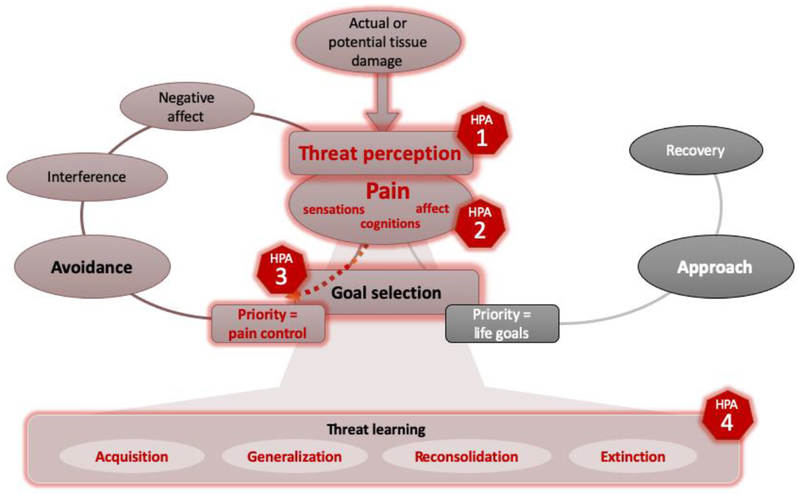Figure 2: Proposed key points of contact for stress, overlaid on an adapted version of the fear avoidance model of chronic pain.
The four points of contact where the HPA axis stress response is argued to interact with threat learning and pain are: [1] Stress may bias our system into perceiving a stimulus or situation with actual or potential tissue damage as highly threatening by increasing attention to the threat and optimizing threat-processing. [2] Pain-related distress (e.g., catastrophizing, fears) may facilitate the activation of the HPA axis stress response, while an HPA axis stress response may also affect aspects of the pain experience. [3] Stress may bias towards inflexible, rule-governed behavior by compromising value-based, flexible goal-directed behavior. [4] Stress may further modulate threat learning. Fear avoidance model adapted from Vlaeyen and colleagues (2016)

